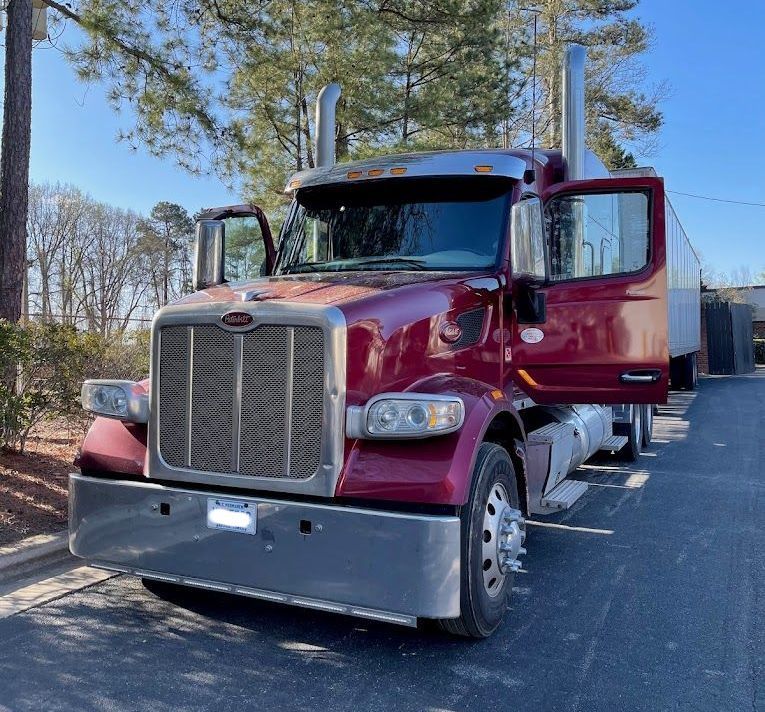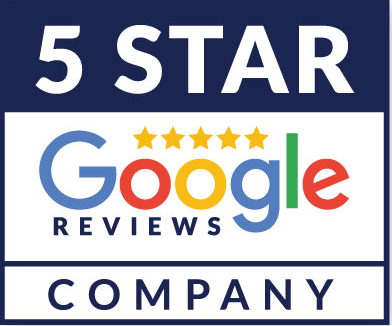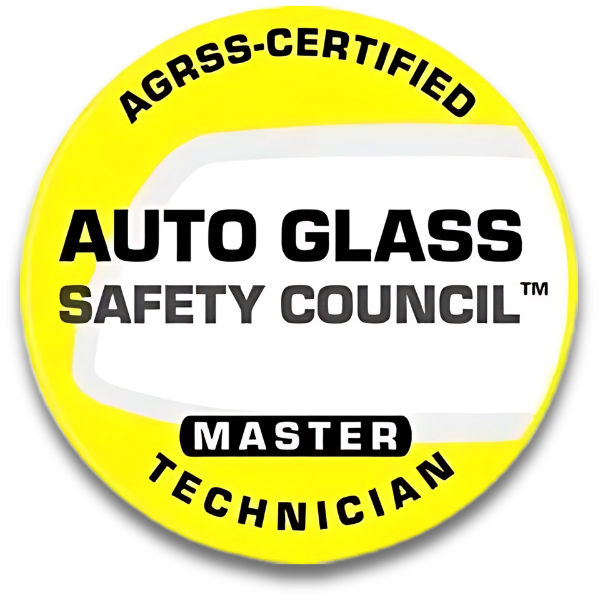Best Tint Choices for RVs, Vans, Trucks, and Heavy Equipment
Which Tint Is Best for Your RV, Truck, or Fleet Vehicle?
Customizing your vehicle with window tinting offers numerous benefits, from enhancing appearance to improving comfort and protection. Whether you own an RV, van, long-haul truck, or operate a fleet, bus, or heavy equipment, selecting the right tint can make a significant difference. In this guide, we’ll explore the top tint options tailored for these vehicles and their specific needs.
Why Tint Your Vehicle?
Before choosing a tint, it’s essential to understand the advantages it provides:
- Privacy: Protecting personal or cargo privacy, especially important for fleet vehicles and commercial equipment.
- Temperature Regulation: Reducing heat from solar gain makes long drives and standing parked more comfortable.
- UV Protection: Shielding occupants and interiors from harmful ultraviolet rays diminishes damage and aging.
- Aesthetic Enhancement: Creating a sleek, uniform appearance for company branding or personal style.
- Safety & Security: Holding shattered glass in place during accidents and deterring potential theft.
Types of Window Tint and Their Suitability
Different tint types offer varying levels of performance, durability, and cost. Here’s a breakdown best suited for RVs, vans, trucks, and larger vehicles such as fleet vehicles and heavy equipment.
1. Dyed Window Tint
Features: Contains dye pigments that absorb sunlight.
Advantages:
- Cost-effective solution
- Good for reducing glare and enhancing privacy
- Available in a variety of shades
Limitations:
- Less effective at blocking heat
- May fade or discolor over time
Ideal For: Budget-oriented owners seeking basic privacy and aesthetics.
2. Metallized Tint
Features: Embedded with metallic particles to reflect heat.
Advantages:
- Strong heat rejection
- Adds durability and scratch resistance
- Improves privacy with a reflective surface
Limitations:
- Can interfere with GPS, cell signals, or radio frequencies
- Slightly higher price
Ideal For: Vehicles in hot climates and fleet operators wanting durable, reflective film.
3. Carbon Window Tint
Features: Contains carbon particles without metal, preventing signal interference.
Advantages:
- Excellent heat and UV rejection
- Non-reflective, matte appearance
- Long-lasting and fade-resistant
Limitations:
- Slightly more costly
Ideal For: Long-distance drivers, commercial fleet vehicles, and heavy equipment requiring enduring performance.
4. Ceramic Window Tint
Features: Uses ceramic particles for high-performance features.
Advantages:
- Superior heat rejection and UV protection
- No signal interference
- Highly durable and resistant to fading
- Clearer appearance with high-opacity options
Limitations:
- Most expensive option
Ideal For: Owners seeking premium protection, electronics safety, and maximum comfort.
Special Considerations for Heavy Vehicles and Fleets
Heavy equipment, buses, and fleet vehicles often face demanding conditions and regulatory scrutiny. When selecting tint for these vehicles, consider:
- Durability and Resistance: Film must withstand frequent cleaning, rough environments, and sunlight exposure.
- Compliance: Ensure tint complies with local laws; vehicle types like buses or heavy machinery may have specific regulations.
- Functionality: For fleet and heavy equipment, tinting can improve operator comfort and security, especially in outdoor or high-temperature settings.
Legal Regulations
Tint laws vary widely depending on location and vehicle type. Many areas limit tint darkness (VLT) on windshields and front side windows, but allow darker shades on rear and side windows for larger or commercial vehicles. Always verify your local laws before installation to avoid penalties.
What Are the Tint Laws in North Carolina?
In North Carolina, window tint laws regulate the darkness and reflectivity of tint on vehicle windows. For passenger vehicles, the front side windows must allow at least 35% of visible light to pass through (35% VLT). The same goes for back and rear windows, which can also be tinted to 35% VLT. Windshield tint is restricted to the top 5 inches or the AS-1 line, whichever is longer. Tinted windshields must be non-reflective. Reflectivity for all windows is limited to 20%.
Recommended Window Tints by Vehicle Type
- Vehicle Type: RV & Camper Vans
Recommended Tints: Ceramic or Carbon
Notes: Maximize heat rejection and UV protection
- Vehicle Type: Personal Vans & Minibuses
Recommended Tints: Carbon or Metallized
Notes: Balance affordability and performance
- Vehicle Type: Long-Haul Trucks & Semi-trailers
Recommended Tints: Ceramic or Carbon
Notes: Enhanced durability, comfort, and electronics safety
- Vehicle Type: Fleet Vehicles
Recommended Tints: Carbon or Metallized
Notes: Uniformity, durability, and professional appearance
- Vehicle Type: Heavy Equipment & Construction Vehicles
Recommended Tints: Dyed or Metallic / Ceramic (depending on usage and law)
Notes: Tough, resistant, and compliant with regulations
- Vehicle Type: Buses & Commercial Transit
Recommended Tints: Ceramic
Notes: Premium protection and comfort
Are You in Need of Tints for Your RVs, Vans, Trucks, Fleet, or Heavy Vehicles in the Research Triangle Park?
If you manage a
fleet or have an RV, van,
truck, or
heavy equipment in
Garner,
Raleigh,
Cary, or
Durham, NC, and you are considering
tinting your auto glass,
contact us at Transparency Auto Glass. We can go over every type of tint there is and help you decide which choice is the best for you and your vehicles.






